#museums in india
Text
Catching up on reading some articles I had saved, and arrived at the one's about the National Gallery of Modern Art's exhibition about Jana Shakti, which is supposed to be artists making art based off the Prime Minister's radio show which is essentially a monologue. I haven't seen the show yet, cause the NGMA website does not tell me when it will be coming to my city.
These articles call out artists who are siding with the current regime, which has been co-opting all forms of media to suit their right wing Hindutva agenda. But my concern as a young museum practioner, has been the museums and art insitutions themselves.
The National Gallery of Modern Art, which is headquartered at Delhi has a massive collection of 'modern art' which in Indian is begins from the late 1800s to contemporary times. What is the status of these collections? What are they doing with paintings and works by artists who the regime does not approve of? How are the collections being safeguarded? How do we trust the curators of his central government run institutions to stand by freedom of expression when they seem to be tripping over themselves to please authority? How do we pry culture away from the grimy hands of the government and make it about the people on the ground, again and maybe for once? How do we create larger alternate spaces for art, culture and expression?
The solution is obviously not private funding, cause we see how the major business houses which have always supported art and culture are painting themselve in saffron.
4 notes
·
View notes
Text
Art Museum in India
In essence, the Kiran Nadar Museum of Art transcends the label of an art museum in India. It is a cultural sanctuary, an evolving narrative, and a celebration of India’s artistic vibrancy. As you step into KNMA, you’re not just visiting a museum; you’re embarking on a journey through the soul of Indian creativity, where each exhibit tells a story, and every corner resonates with the artistic heartbeat of a nation.
0 notes
Text

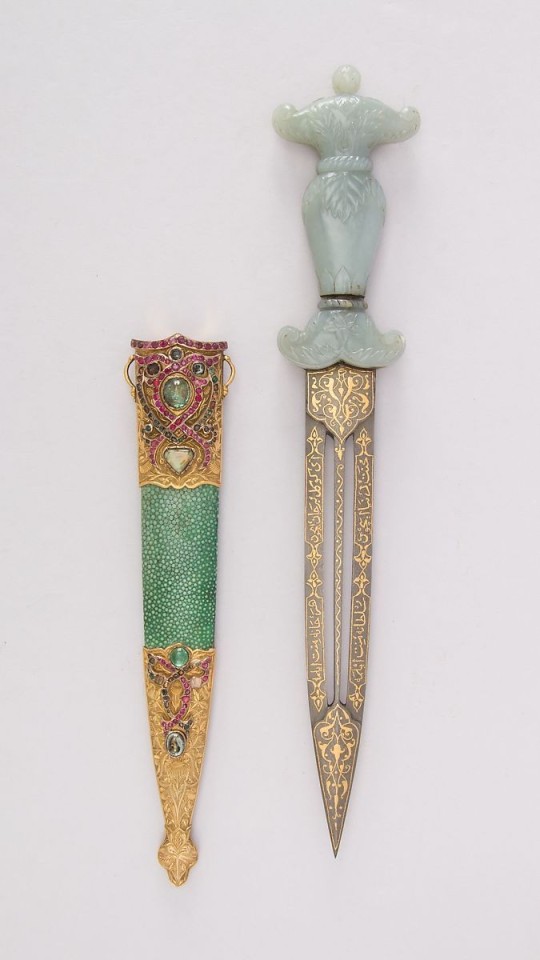
18th century daggers from India and Turkey
13K notes
·
View notes
Photo

Wentke (Gown)
Mid 18th Century
The Netherlands
Women in Hindeloopen, a town in the northern Netherlandish province of Friesland, traditionally wore this type of striking lightweight coat, called a wentke, on special occasions. Beginning in the mid-eighteenth century, wentkes were usually made of boldly patterned Indian chintzes, and contrary to the custom in the rest of Europe of confining chintz to casual and private occasions, residents of Hindeloopen elevated this exotic fabric to a formal status. The wentke was often worn with other garments of Indian cotton. (The MET)
Peabody Essex Museum (Object Number: 2012.22.15)
#wentke#gown#jacket#georgian#1730s#1740s#1750s#1760s#regional fashion#18th century#dutch#the netherlands#blue#cotton#india#chintz#peabody essex museum#popular
3K notes
·
View notes
Text

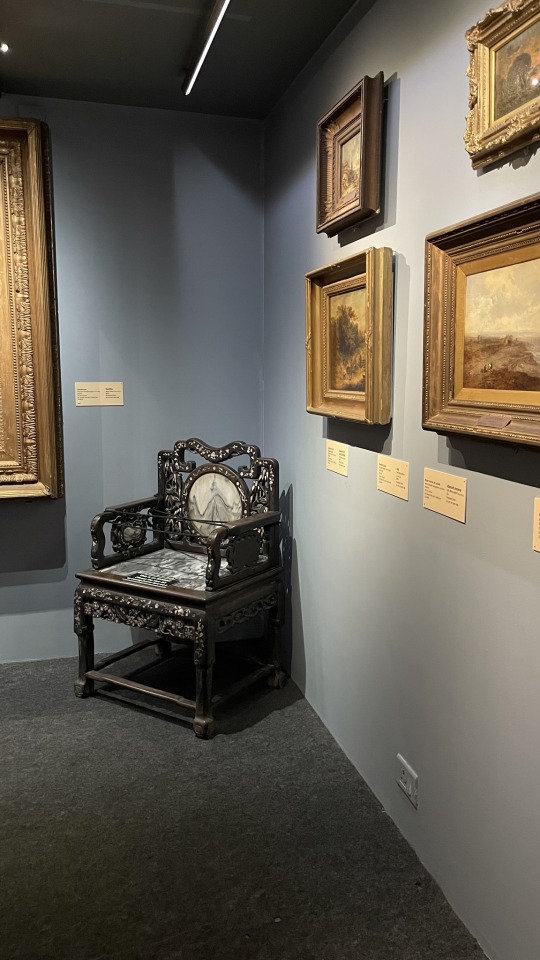

why yes, i do want to go to the museum as part of work
#art#art gallery#museum#historyblr#aesthetic#dark academia#academia aesthetic#studyblr#study aesthetic#studysthetics#gothic#paintings#art museum#india
763 notes
·
View notes
Text
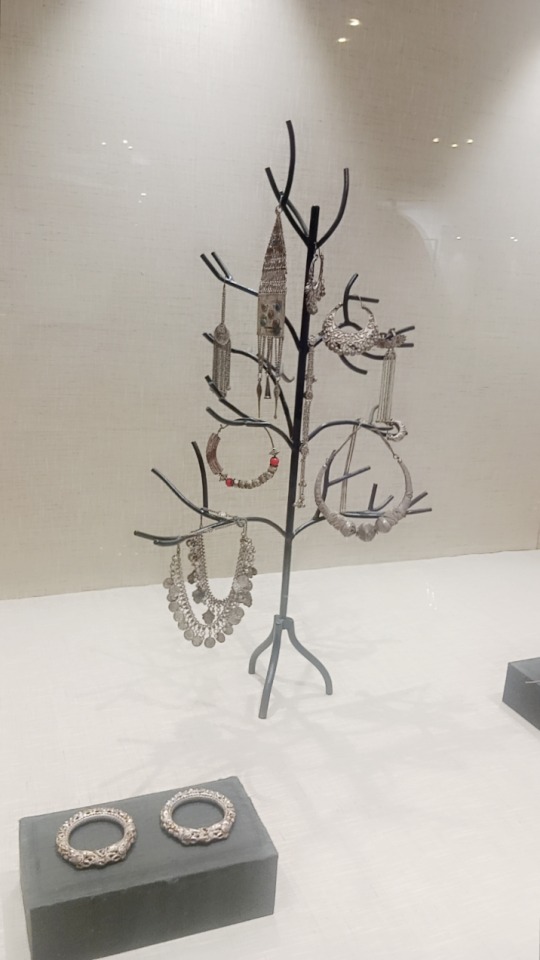

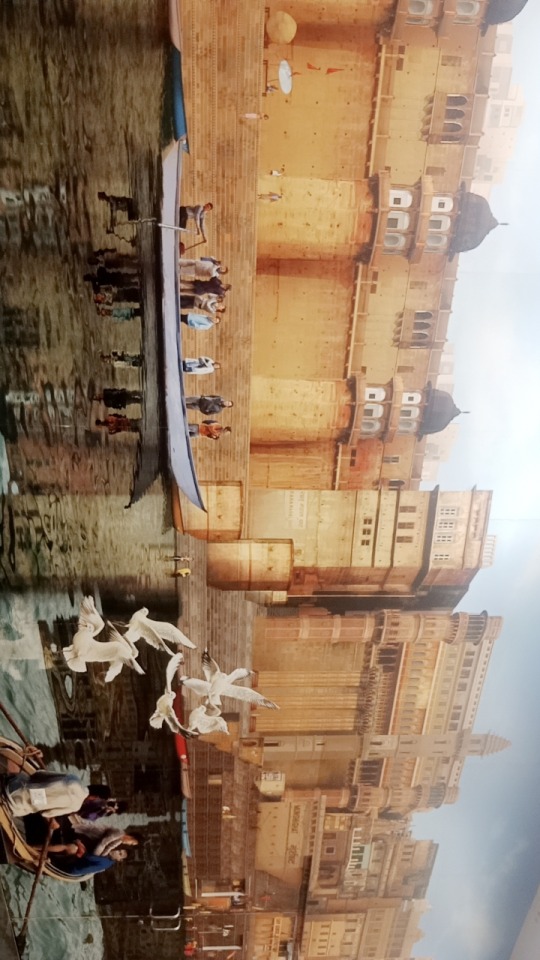




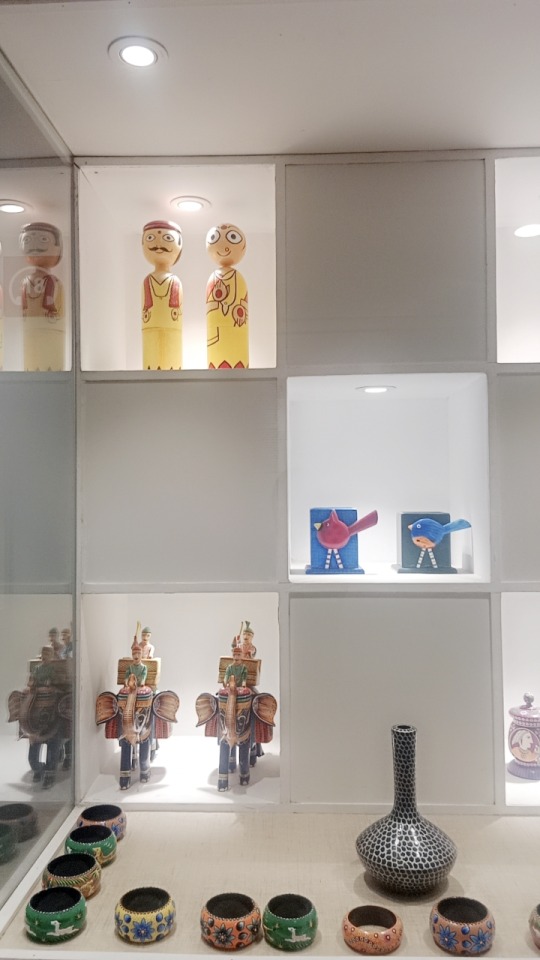

Museum tour - Essence of UTTAR PRADESH
#desiblr#uttarpradesh#hindublr#Varanasi#desi moodboard#indian heritage#hinduism#desi academia#indian culture#India#museum#antique#desi aesthetic#musical instruments#carpet#moon#guitar#mine
55 notes
·
View notes
Text

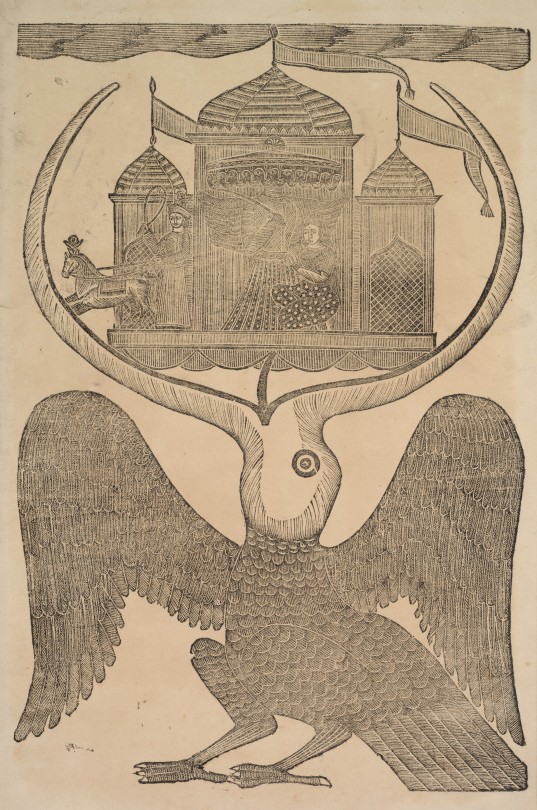
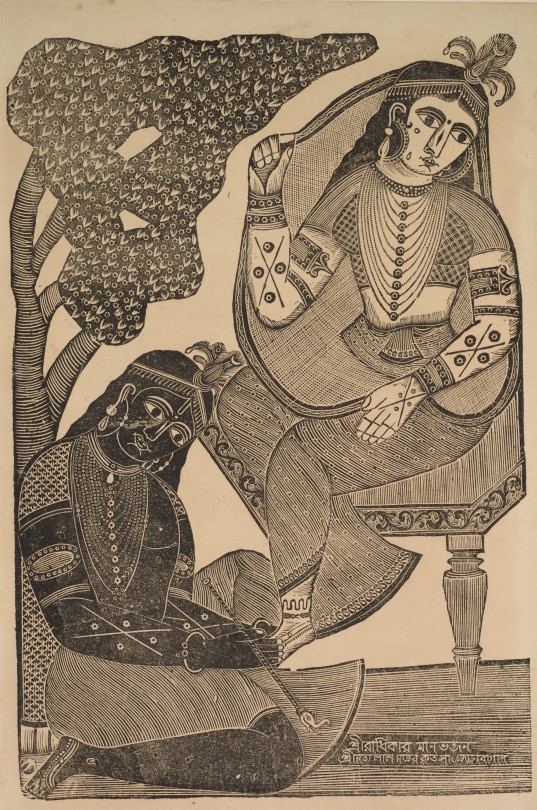
How stunning are these 19th-century prints from India by Shri Gobinda Chandra Roy? They're available free to everyone in The Cleveland Museum of Art collection on JSTOR, which includes more than 28,000 open access images.
#kalighat#print#woodcut#black and white#india#indian art#jayatu#krishna#radha#research#cleveland museum of art#open access#jstor
350 notes
·
View notes
Text

They're BOTH having a great time :D!!!
#they were liberating things from the british museum together XD!!!!!#psii.txt#tuna draws#spiderman across the spiderverse#spiderman atsv#spiderman india#pavitr prabhakar#spider punk#hobie brown#tag as ship if you want idm#hobie looks a bit more aggressive w the lightning comic mark thingies but hes smiling under the mask trust me#barbie mugshot meme#barbie mugshot redraw
201 notes
·
View notes
Text

I'm not going to SDCC but if I was this is where you'd find me
150 notes
·
View notes
Text



Terracotta animals, traditonally made in Chattisgarh but housed at the IGRMS, Mysore.
Bulls, elephants, lions are all common motifs across various tribes, castes and communities. Though these motifs are also common with the famous Dokra metalcraft from the Bastar region.
3 notes
·
View notes
Text
In the vibrant tapestry of India’s cultural landscape, the Kiran Nadar Museum of Art (KNMA) emerges as a beacon, redefining the essence of what an art museum signifies in the Indian context. This haven of creativity transcends conventional boundaries, inviting visitors into a world where art breathes, speaks, and tells the tales of India’s artistic legacy.
0 notes
Text


~ Celestial dancer (Devata).

Period: Chandela period
Date: mid-11th century
Culture: Central India, Madhya Pradesh
Medium: Sandstone

#history#museum#archaeology#11th century#celestial dancer#devata#india#indian#madhya pradesh#sandstone#chandela#chandela dynasty
1K notes
·
View notes
Photo



Robe à l’anglaise
c.1783
England; Fabric exported from India
Royal Ontario Museum (Object number: 969.85.5)
#robe a l'anglaise#fashion history#historical fashion#1780s#georgian era#georgian fashion#rococo era#18th century#red#blue#floral#flower print#chintz#cotton#india#royal ontario museum#popular
1K notes
·
View notes
Text
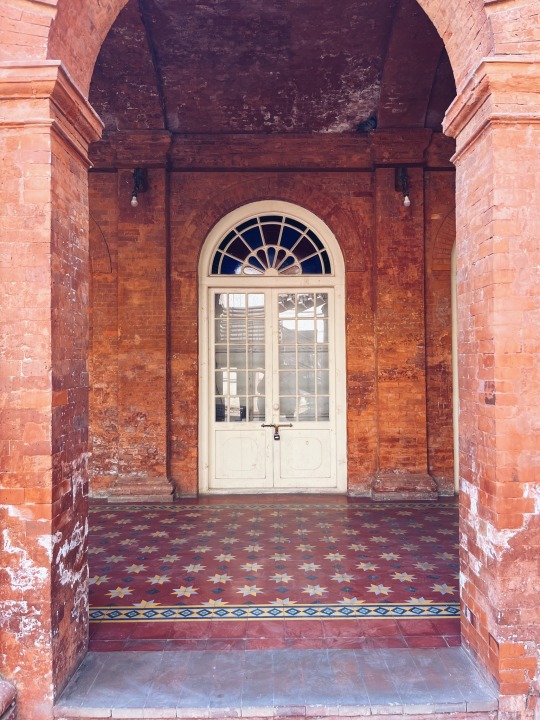


Museum of Partition, Amritsar
#photography#travel photography#travelblr#history#historyblr#vsco#vscogood#vscocam#aesthetic#museum#India travel#amritsar#traveller#travelling
109 notes
·
View notes




